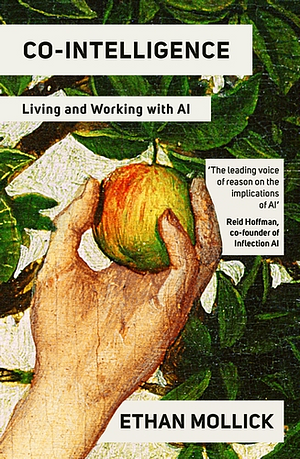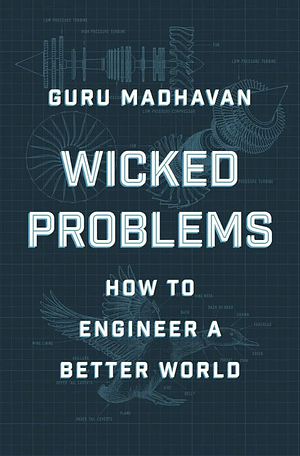Both/And Thinking - Introduction
I’ve started reading Both/And Thinking for professional development reasons. It happens to be written by a professor at the University of Delaware, Wendy Smith, who like me then, is in the Alfred Lerner College of Business and Economics. I’m challenging myself to write about the book as I read it, and I (re)started reading it today.
The book is focused on providing guidance for resolving the tensions that arise in decision making that are typically caused by either dilemmas or paradoxes.
Dilemmas present opposing alternatives, each option offering a logical solution on its own. … The pros of one option define the cons of the other, and vice versa.
Paradoxes are interdependent, persistent contradictions that lurk within our presenting dilemmas.
The core idea, so far, is that we should shift from a mindset of Either/Or thinking to one of Both/And thinking. Obviously you wouldn’t do this with every decision, but with big decisions, this approach can help you move forward. There are some great supporting quotes, including one from Barack Obama, so definitely give the book a read if you want more details.
The crux of Both/And thinking is to “think about our dilemmas differently? What if, instead of trying to choose between the mutually exclusive options, we start by surfacing the paradoxes that lurk beneath our dilemmas and recognize that those paradoxes cannot be solved? Instead of choosing between alternative poles of a paradox, what if we ask a different question: how might we engage both poles simultaneously? How might we accommodate competing demands over time? Doing so invites us into both/and thinking, embracing tensions to enable more creative, effective, and sustainable solutions.”
The authors have identified three conditions that make paradoxes more noticeable:
- Change: The greater the rate of change the faster the future becomes the present so we have to make decisions sooner.
- Scarcity: When resources are scarce the more we have to fight for our share putting us at odds with others.
- Plurality: When lots of people are involved you get lots of, often opposing, viewpoints and opinions. This makes it harder to see either global or local distinctions.
As I write these, they will all be linked by this tag, Both-And Thinking



